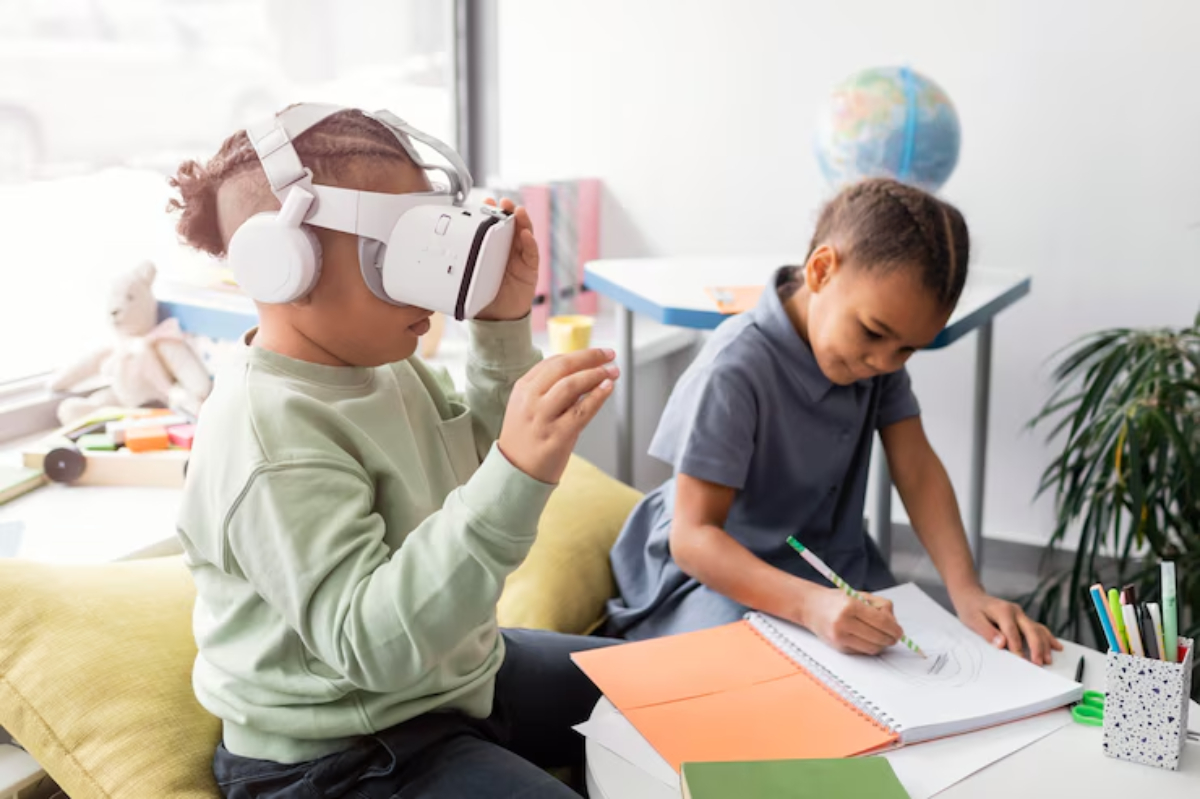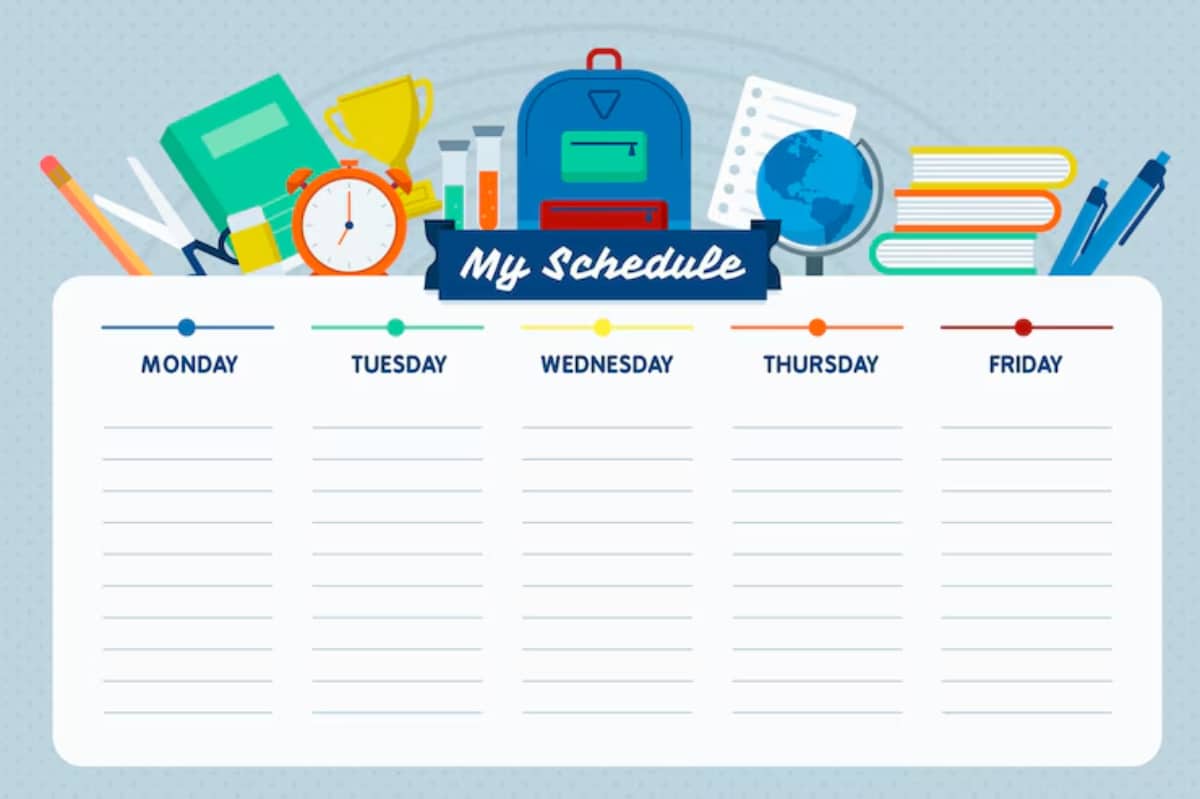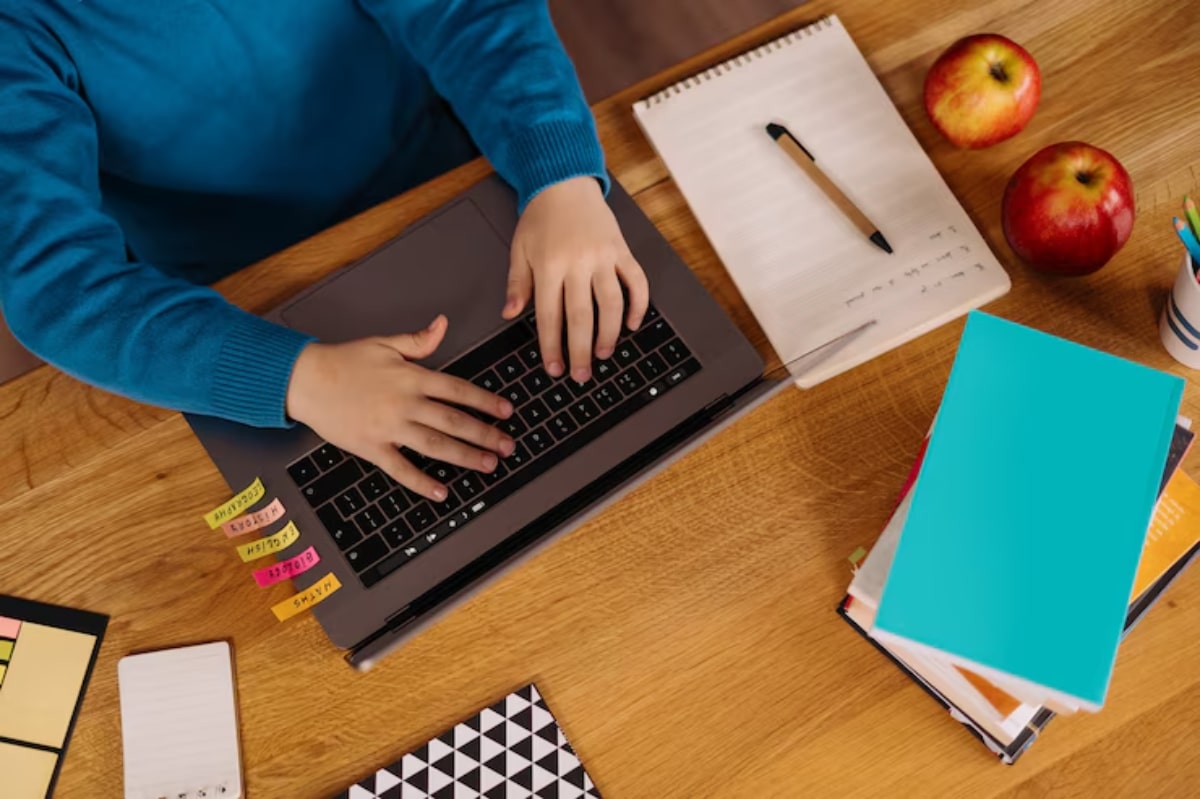
Adapting Curriculum for Different Learning Styles
Homeschooling lets you customise learning for your child’s unique needs. Every child learns differently, and understanding those differences can make a huge impact. That’s where learning styles homeschool approaches shine.
In this post, we’ll look at learning styles. We’ll discuss why they are essential. Then, we’ll share how to adjust your curriculum for your child. No matter how your learner prefers to learn—by doing, reading, or seeing—you’ll discover tips for a tailored homeschool experience.
What Are Learning Styles?
Simply put, learning styles are how people best absorb and understand information. While there are many theories out there, one of the most well-known breaks it down into three main types:
- Visual learners: Learn best through images, charts, and visual cues.
- Auditory learners: Grasp concepts better through listening and speaking.
- Kinesthetic learners: Prefer hands-on activities and learning by doing.
It’s worth noting that most children are a mix of these styles, but they usually have one that stands out.

Why Learning Styles Matter in Homeschooling
Teachers must stick to a “one-size-fits-all” method in a traditional classroom. At home, you have the freedom to do things differently. By tuning into your child’s learning style, you can:
- Boost understanding and retention
- Make lessons more engaging and fun
- Build your child’s confidence
When your child is happy and engaged, homeschooling is more fun for you.
Adapting for Visual Learners
Does your child enjoy drawing, watching videos, or looking at pictures to learn new things? If so, you are likely a visual learner.
Tips for visual learners:
- Use colourful charts, diagrams, and flashcards.
- Watch educational videos together.
- Highlight key information in books with colour-coded notes.
- Try mind mapping to organise ideas.
Visual learners in science like to watch experiments. They also enjoy using apps that make concepts come alive.
Adapting for Auditory Learners
Your child might be an auditory learner if they love music, enjoy talking, or remember things better when they hear them.
Tips for auditory learners:
- Read aloud together or use audiobooks.
- Have discussions and ask lots of questions.
- Use songs or rhymes to help memorise facts.
- Let your child explain lessons back to you in their own words.
Podcasts and recorded lessons can be fantastic tools here. Even simple things like talking through a maths problem can help.
Adapting for Kinesthetic Learners
These kids can’t sit still for long. They learn best by moving, building, or engaging with the material.
Tips for kinesthetic learners:
- Incorporate hands-on projects and experiments.
- Use building blocks, puzzles, or craft supplies.
- Allow movement breaks between lessons.
- Combine learning with physical activity (e.g., spelling words while jumping rope).
For example, acting out a scene or building a model can make the lesson stick when learning about history.

Mixing It Up: The Power of Multi-Sensory Learning
Mixing things up can keep lessons fresh, even if your child has a clear learning style. It can also deepen their understanding. Differentiated homeschool instruction is key. It uses different methods to teach the same concept. Let’s say you’re teaching fractions. You could:
- Visual: Draw pie charts.
- Auditory: Discuss real-life examples (like slicing a pizza).
- Kinesthetic: Use fraction tiles or bake something together.
This approach helps reinforce concepts and keeps things interesting.
Real-Life Example: How One Family Makes It Work
Sophie, a mum of two in London, shares: “My daughter is very visual, so we use loads of charts and videos. On the other hand, my son is all about movement—he learns best when building something or acting it out. I’ve learned to blend different methods to keep them engaged.”
Her story highlights something key: flexibility is everything in homeschooling.
Tools and Resources to Help
Here are a few resources that can support personalised homeschool learning:
- Twinkl: Printable resources tailored to all learning styles.
- BrainPOP: Great videos and interactive quizzes for visual learners.
- Audible: Huge selection of audiobooks.
- RightStart Math: Hands-on maths curriculum for kinesthetic learners.
- Homeschool Tracker: Helps you plan and track different learning activities.
For more resource ideas, check out our guide on choosing homeschool curriculum.
What If You’re Not Sure of Your Child’s Learning Style?
Not sure where your child fits? That’s normal. Watch how they naturally approach new tasks:
- Do they draw or doodle?
- Do they repeat things out loud?
- Do they jump right in and try things with their hands?
You can also try simple learning style quizzes online for a better sense.
FAQ: Learning Styles in Homeschooling
Q: What if my child doesn’t have one clear learning style?
A: That’s very common! Most children are a mix of styles. The best approach is to observe what engages your child most and use various methods. Flexibility is key.
Q: Can learning styles change over time?
A: Ass children grow, their preferences and strengths can shift. Regularly check in with your child and adjust your approach as needed.
Q: Should I buy a different curriculum for each learning style?
A: Not necessarily. You can adapt many curricula with easy changes. For example, add visual aids, discussions, or hands-on activities. These tweaks can match your child’s learning style.
Q: How do I balance things with multiple children with different styles?
A: It can be tricky, but blending methods (multi-sensory learning) often work well. You might also set aside individual time to focus on each child’s preferred way of learning.
Tailoring Learning for Success
The magic of homeschooling is that it’s flexible and personal. Recognising your child’s learning style helps you adapt your curriculum. This way, learning becomes natural and enjoyable. Whether you use visual aids, have deep talks, or do hands-on projects, the key is to find what works for your child.
Have you adapted your homeschool for different learning styles? Share your experiences or tips in the comments. We’d love to hear from you! And don’t forget to subscribe for more practical homeschool advice and inspiration.


